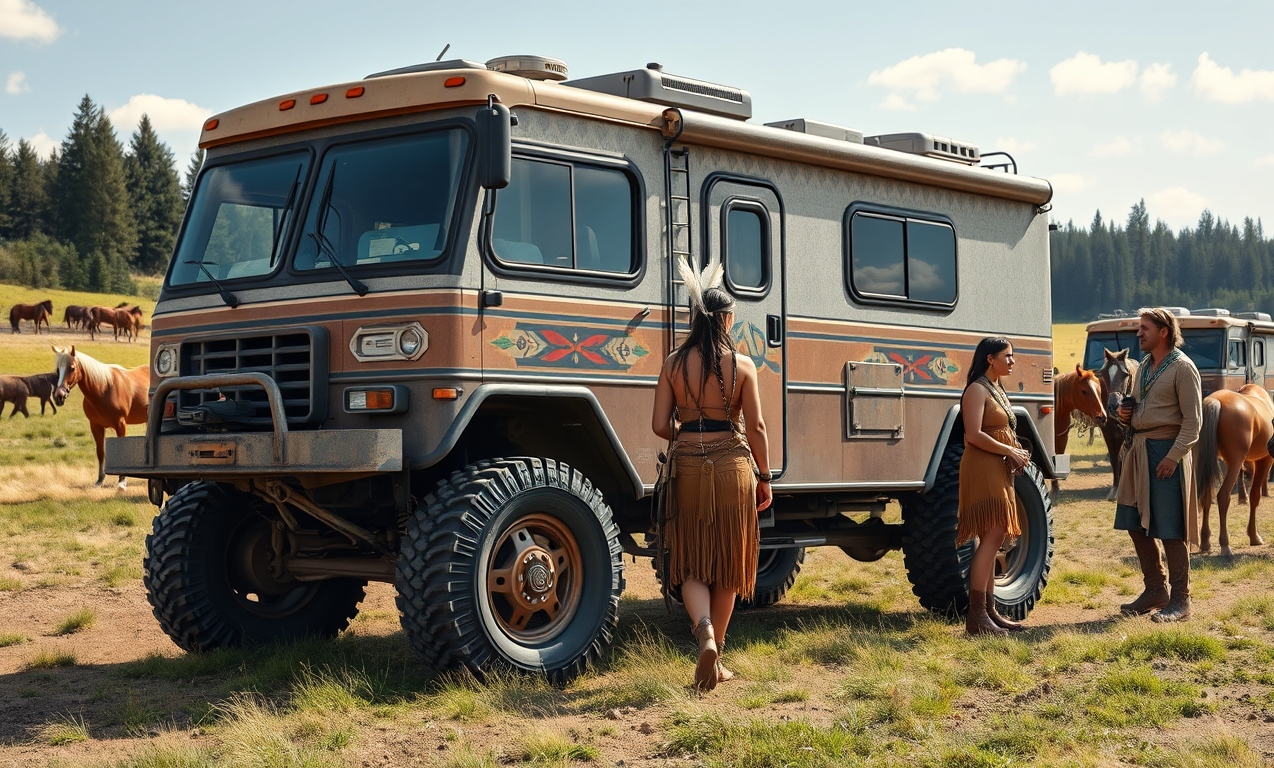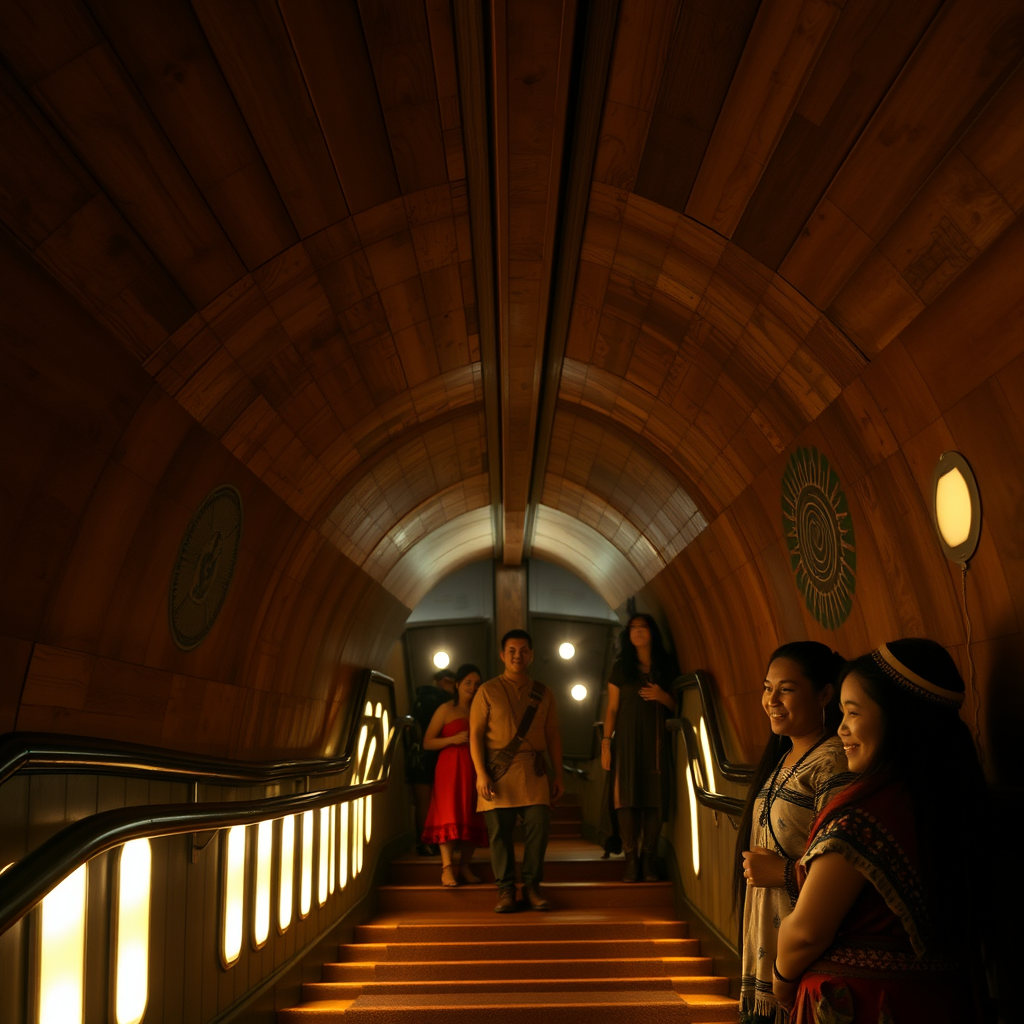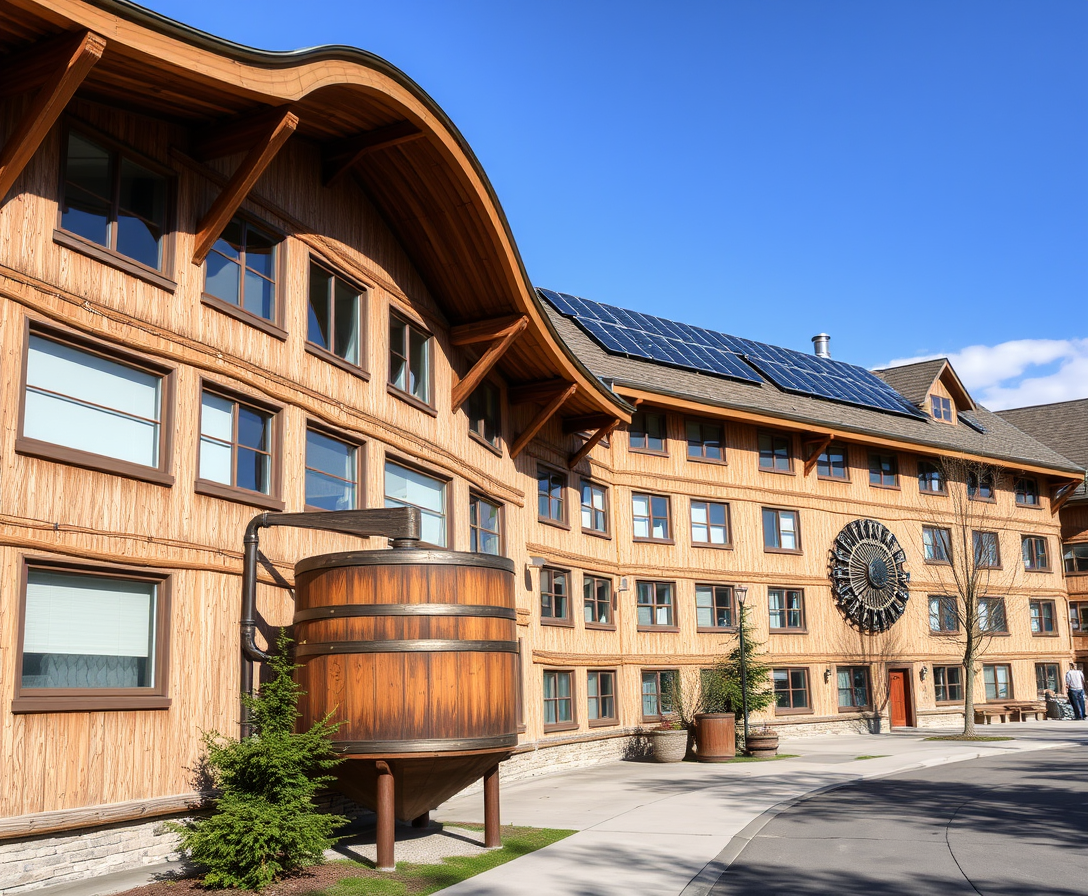snowflake
horny content inside
Most worldbuilding has some erotic parts, but I did one where the erotic was front-and-center. A silly world that runs on porn logic and every fantasy comes true. Fantasies like: cheerleaders, sexy cops abuse their power, nurses take really good care of you, you rub a lamp and a genie comes, you get kidnapped by aliens, enthralled by a vampire.....
Because it's a whimsical leisure world, everything should be on easy-mode. Agriculture should be free of pests and produces massive yields. There's little disease. It's a Utopia of sorts. It's hard to justify that.
Then I realised if I justify the 2nd-last fantasy listed in the first paragraph, I can justify everything else. What sort of world is it where you might get kidnapped by sexy aliens? If alien abduction happens, there must certainly be far more advanced aliens watching over the planet, using it as a playground. It's an extraterrestrial creationism situation: the aliens built the world for their amusement.
It was satisfying to justify one specific plotline that tends to happen (alien abduction), and in the same stroke justify all sorts of things: why is the world filled with beauty and exoticism, why is work on easymode, why is there no disease.
Extraterrestrial creationism is an idea with some canon. It's actually a plausible prediction that if technology develops enough in 100,000 years our horny descendants will create an erotic planet populated by beautiful porn stars who think they evolved there naturally and sometimes get abducted. Wouldn't you if you had the technology? With one stroke, it goes from 'ridiculous fantasy' to 'plausible'.
Almost anything else I need to justify now is just: "the makers made it that way". Santa Claus can exist if his magic sleigh is alien tech: he's an alien who flies around spanking naughty girls. I can justify vampires existing (the makers engineered some sort of virus or something that creates blood-lust). Go through the list at https://tags.literotica.com/ and it's easy to imagine pervy aliens setting any of them up.
Designing a solarpunk world. I wanted people living within the ecological limits in every biome: arctic, tundra, jungle, sailing the sea, sailing the sky in airships, under the sea in submarines. This last one posed a massive problem because submarines are extremely power-hungry, and that's incompatible with the low-energy-use theme of the world. But I didn't want to give up the Zissou vibes by erasing the submarine-tribe.
I was stuck on this for months, then had a breakthrough when I discovered an obscure technology called underwater gliders. They are AES (actually existing submarines) that use hardly any energy, can even harvest enough from ocean thermal differences to cruise the oceans perpetually hanging out with friendly dolphins. The glider system "gives the glider the ability of renewing its onboard energy stores by harvesting environmental energy from the heat reservoir of the ocean, specifically from the temperature differences of the cold deep water and the warmer surface water (available in 80% of the world’s oceans). Ranges of 30 000 to 40 000 km, circumnavigating the world, then become conceivable."
The existing ones are small drones. But a paper with (doi:10.1007/978-3-319-16649-0_12) has a section titled 'Size effects' and bigger would be better. And the paper already linked has a whole chapter discussing scaling effects.
That was a great breakthrough because I went from "Submarines are poewr-hungry nuclear behemoths" to "Submarines use basically zero energy" and did it with proven tech. The tradeoff is that you have to glide up and down, and the floor will be at a 4° tilt a lot of the time, which could be annoying.
I am fascinated by the similarities .... like how nations formed confederations eg. the Haudenosaunee
Right! Exactly! Three similarities we see over the world –
-
Tribal confederacies. The Caledonians in Scotland, various Pashtun confederacies in history, various North American ones.
-
Small tribal units and big ones. Among the Mapuche, several lov formed a rehue. Among the Māori, whānau confederated into larger hapū; hapū confederated into larger iwi. Among the Bedawin, several bayt formed a goum.
-
Tribal assemblies: þing among the Nordic folk, veche in the Slavic world, sangha in India, becharaa among the Semai, Jirga among the Pashtun
-
Community halls or 'third places': the mudhif of the Marsh Arabs, the Toguna of the Dogon, Bulgarian Chitalishte, Caravanserai of the desert people
-
Managed commons: the tabu of the Hawai'ians, the hima of the Arabs
-
Customary law, often with restorative justice: xeer in Somalia, coutume in France, pashtunwali, Albanian kanun. Law without cops of a Babylon-type centralised state.
So I think it's somewhat valid to generalise that there exists a pattern called 'tribal', and then it's interesting to generalise that to the whole world. Was it historically universal? No of course not, but no other model was either. The Westphalian nation-state emerged and became dominant, I'm imagining what if tribal confederalism became dominant?





